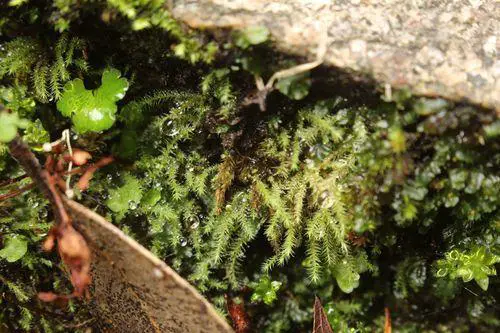
Breutelia%2Bchrysocoma.jpg from: https://goweros.blogspot.com/2011/02/mosses-and-liverworts-in-valleys.html
Exploring the Fascinating World of Breutelia angustiretis E.B.Bartram Moss
Mosses are small but mighty plants that play important roles in ecosystems around the world. One particularly interesting species is Breutelia angustiretis E.B.Bartram, a moss in the Bartramiaceae family. Also known simply as Breutelia, this moss has some unique characteristics. Let’s take a closer look at this fascinating bryophyte.

bartramia.jpg from: https://www.chlorischile.cl/musgoschiloe/bartramiaceae.htm
Background on Breutelia Mosses
The genus

DSC_0089%2BKopie.jpg from: https://ju-bryophytes.blogspot.com/2009/09/bartramia-pomiformis.html
Breutelia contains around 90 species of mosses found across the globe. They are classified in the Bryophyta phylum and Bryopsida class. Breutelia mosses generally grow in dense tufts or cushions on soil, rocks, logs, and tree trunks. Many species prefer moist habitats like cloud forests.
Morphology and Identification of B. angustiretis
B. angustiretis forms yellowish-green tufts. The stems are up to 10 cm long and sparsely branched. Leaves are 4-7 mm long, narrowly lanceolate, and have toothed margins. The leaf midrib extends to the apex.
Unique features that distinguish B. angustiretis include:
- Leaves crisped and contorted when dry

il_fullxfull.3170532968_nsd0.jpg from: https://www.thebryophytanursery.com/listing/1028589202/breutelia-chrysocoma-golden-head-moss
- Leaf cells elongated and smooth
- Capsules cylindrical and curved, 3-4 mm long

medium.jpeg from: https://www.inaturalist.org/taxa/272667-Breutelia
Global Distribution and Habitat
B. angustiretis has a somewhat limited distribution. It is native to:
- Central America: Costa Rica, Panama
- South America: Colombia, Ecuador, Peru
This moss grows as an epiphyte on trees and shrubs in montane tropical forests at elevations of 1900-3400 meters. It prefers cool, humid environments with frequent mist and fog.
Ecological Roles and Adaptations
Like other mosses, B. angustiretis plays several key roles in its ecosystem:
- Helps retain moisture and prevent erosion
- Provides shelter and habitat for micro-organisms
- Contributes to nutrient cycling as it grows and decomposes
Adaptations of B. angustiretis include:
- Thick, water-absorbing leaves to capture moisture from fog
- Rhizoids to anchor it to tree bark and absorb nutrients
- Tolerance of low-light conditions in the understory
| Characteristic | Description |
|---|---|
| Genus | Breutelia |
| Species | B. angustiretis |
| Plant Size | Stems 10 cm long |
| Leaf Size | 4-7 mm long |
| Leaf Shape | Narrowly lanceolate |
| Capsule Shape | Cylindrical, curved |
| Habitat | Montane forests |
| Elevation Range | 1900-3400 m |
| Geographic Range | Central & South America |
Conclusion
Breutelia angustiretis is a prime example of how mosses have evolved to fill unique niches. From its humidity-loving leaves to its epiphytic lifestyle, this species is well-adapted to the montane forests of the Neotropics. The next time you’re hiking through a misty cloud forest, take a moment to appreciate the miniature world of mosses like B. angustiretis living all around you. What other secrets of these tiny plants are waiting to be uncovered?